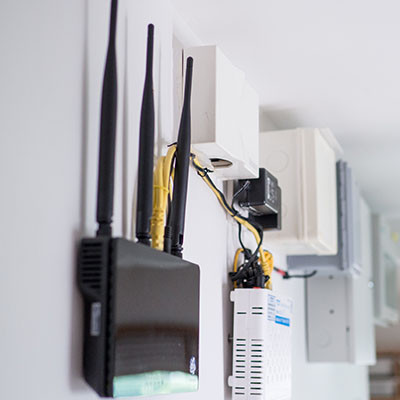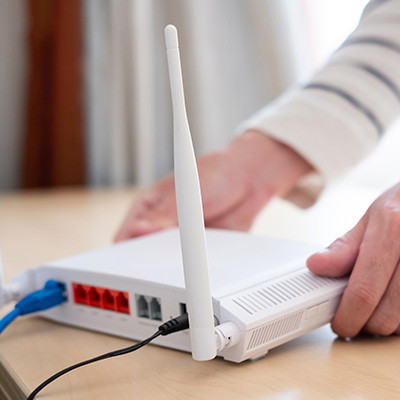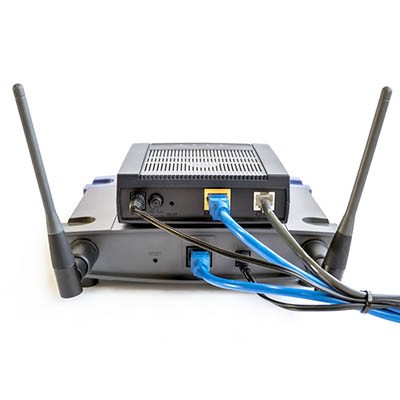All businesses depend on the Internet in at least some capacity, and it’s so commonplace and accessible these days that people often take it for granted. However, a lot of work goes into making sure that the infrastructure you know as the Internet remains accessible and operational. Let’s go over the hardware you’ll need to ensure you stay connected.
Global Tech Solutions Blog
Back in the early days of wireless Internet connectivity, setting up your router was a challenge. Fortunately, this is no longer the case, and it’s a pretty simple process. However, that is not to say that there aren’t better ways of doing things as compared to others. Let’s go over a few things that you’ll want to address as you’re setting up your wireless router.
It hasn’t been too long since connectivity required an actual physical connection between the connecting endpoints, making a wired connection the de-facto option for businesses. However, now that wireless connectivity is so widely available, businesses now have a choice… but which is the better option? Let’s compare some of the pros of each to make the answer a little clearer.
Just about all modern businesses rely on the Internet—especially the wireless kind—for at least part of their day-to-day operations. This means that there is a direct correlation between the strength and speed of their connection and the amount of productivity they can experience as a result of this connection. As your business grows, it is incredibly important to think about your Wi-Fi setup and how you can support its continued growth. Let’s go over the process for properly scaling your wireless network to accommodate its growth.
Wi-Fi can be found in many homes and businesses alike, as it is perhaps the simplest means of connecting your various computers and mobile devices to the Internet without installing networking cables or risking going over any data caps you may deal with. Of course, some devices may take priority in such a setup, so it could be very useful for you to partition your Wi-Fi.
There are times when people take their technology for granted. One of the most under-the-radar, yet crucial parts of a business’ technology infrastructure is the networking equipment. What we mean by this is the cables, switches, and routers that connect computers to the network and to the Internet. This month, we will take a look at typical office networking found in 2019 and the technologies that are primed to replace them.
The Internet is more than a piece of technology, it fuels huge swaths of the modern world. The economic benefits of the Internet are hard to estimate, but Cisco has tried, giving it a $19 trillion valuation, or about 21 percent of the total amount of money that is currently available in the world. So, if you have a resource that is valued at almost a quarter of humanity’s total monetary worth, you try to maximize the use of it.
A new type of malware is targeting routers in what is considered a large enough threat that even the FBI is addressing it. Even worse, a router isn’t necessarily a device that you think would be vulnerable to attack from a hacker. What can you do to keep your business’ Internet access points secure from hacking attacks? Let’s dig in to the details about what the VPNFilter malware does and how you can address it.
One experience that almost everyone has been involved in is the clashing of personalities. This is only natural, as different people are born with different predispositions and are raised in differing environments. However, in the business world, one should do their best to keep personal differences from affecting the professional relationships they form.












